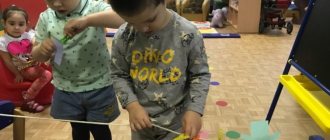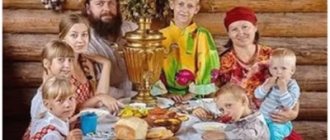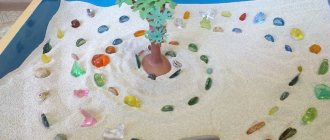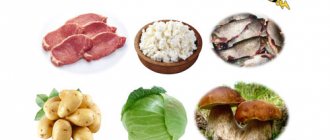Summary of educational activities on cognitive development in the early age group
Summary of educational activities for cognitive development in the early age group “Bunny visiting the children”
Tasks:
1. Contribute to the formation in children of an initial interest in knowledge.
2. To promote the development of children’s ability to independently compose a set, highlighting each individual element in it.
3. Strengthen the ability to distinguish between one and many objects; knowledge of geometric figures.
4. Improve ideas about the properties of objects: color, shape, size.
5. Practice grouping objects by color, shape, size.
6. Encourage children to name objects and their characteristics.
7. To promote children’s development of attention, mental operations, children’s ability to communicate with peers and adults, and to engage in joint play activities.
8. Foster independence, activity, and the ability to work in a group.
Vocabulary work: many, one, big, small.
Tools: bunny toy, large triangle, square, circle shapes, a set of small shapes (triangle, square, circle, large and small balls, large and small box, cookies.
GCD
Educator: Guys, look how many guests came to our group! Let's say hello to the guests and smile at them.
Children: Hello.
Educator: Guys, look, who is sitting among the guests? ( bunny )
. Let's say hello to him too.
(Children say hello to the bunny )
Educator: Guys, the bunny says that he came to visit us and brought us a gift. But to get it you need to complete the tasks that the bunny has prepared for you. Do you agree to implement them?
Children: Yes.
Educator: Then let’s sit down on the chairs and start working. Look here are the figures. Let's name them. What kind of figure is this? (square)
What colour is he?
(Yellow)
What kind of figure is this?
(triangle, blue)
And this?
(circle, red)
.
Educator: Look, there are still figures here.
Now I will give them to you, and you look carefully and find a house that looks like them.
Educator: Take turns, come up and put the figure in your house (children lay out the figures, while naming the figure in their hands.)
Educator: Well done, guys. We completed the task. All the figures are in their own houses.
And the Bunny is very happy. Now let's take a little rest.
Outdoor game: “The gray bunny is sitting”
.
The little gray bunny sits and wiggles his ears,
Like this, like this, he moves his ears.
(They squat down and move their hands above their heads.)
It's cold for the bunny to sit - we need to warm his paws,
(They stand up, stroke the other with one hand, then vice versa.)
It’s cold for the bunny to stand - the bunny needs to jump,
Like this, like this - the bunny needs to jump.
(Press your hands to your chest (like paws)
and jump on the spot.)
Educator: Have you rested? Now, let’s continue to carry out the bunny’s tasks. Look what we have here? (balls)
.
How many balls are there? (A lot of)
.
What size are they? (Big and small)
.
Right. Let's take a ball. Lisa, how many balls do you have in your hand? (one)
.
What about Zhenya? (one)
.
And Artem has one, and Artem has one. There are two boxes here, what size are they? (large)
.
And this? (small)
. Now let's put the balls in boxes: we will put large balls in the large one, and small ones in the small one.
(In the process of putting the balls into boxes, the teacher asks the children about the size of the ball and its color.)
Educator: What a great fellow you are, guys. The bunny is very glad that you completed his tasks and wants to give you gifts. Look, what is this? (cookie)
.
(The teacher distributes cookies to the children)
.
Educator: Now the bunny needs to go home to the forest, let's say goodbye to him.
(Children say goodbye to the bunny )
.
Reflection.
Educator: Guys, did you like completing the tasks? What did we do? Did you like the gifts? You worked so well today. Well done!





